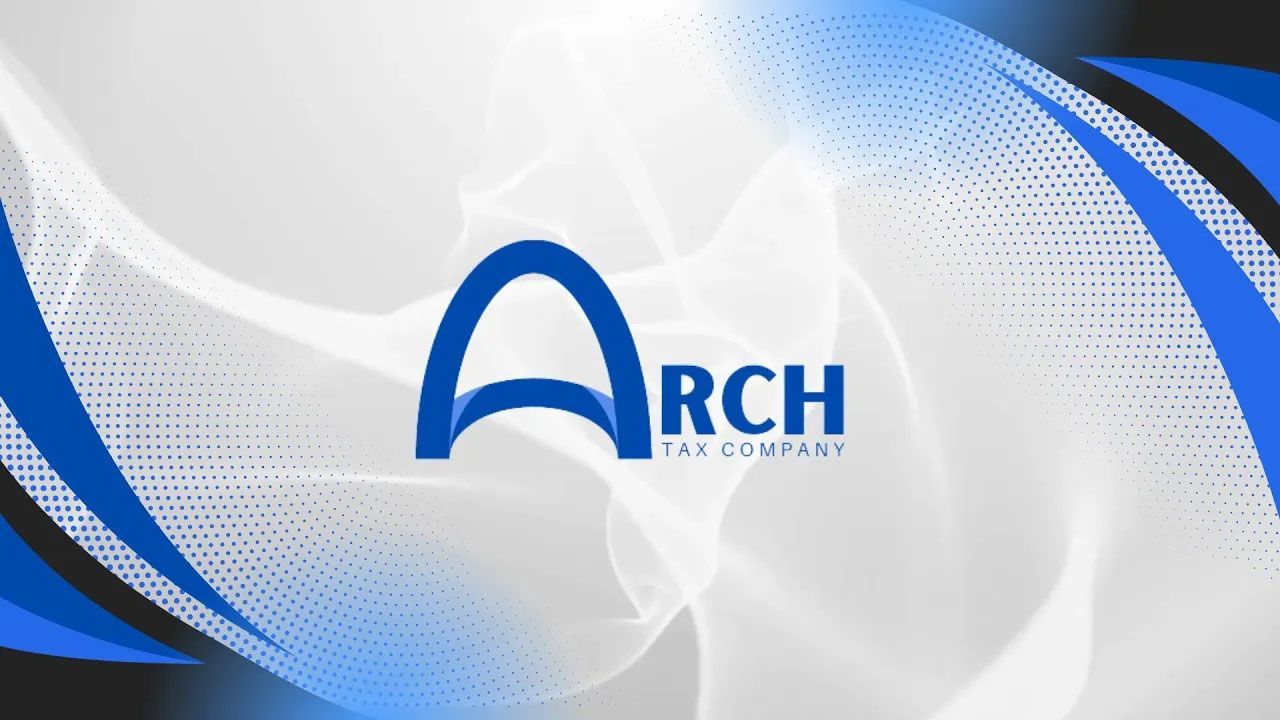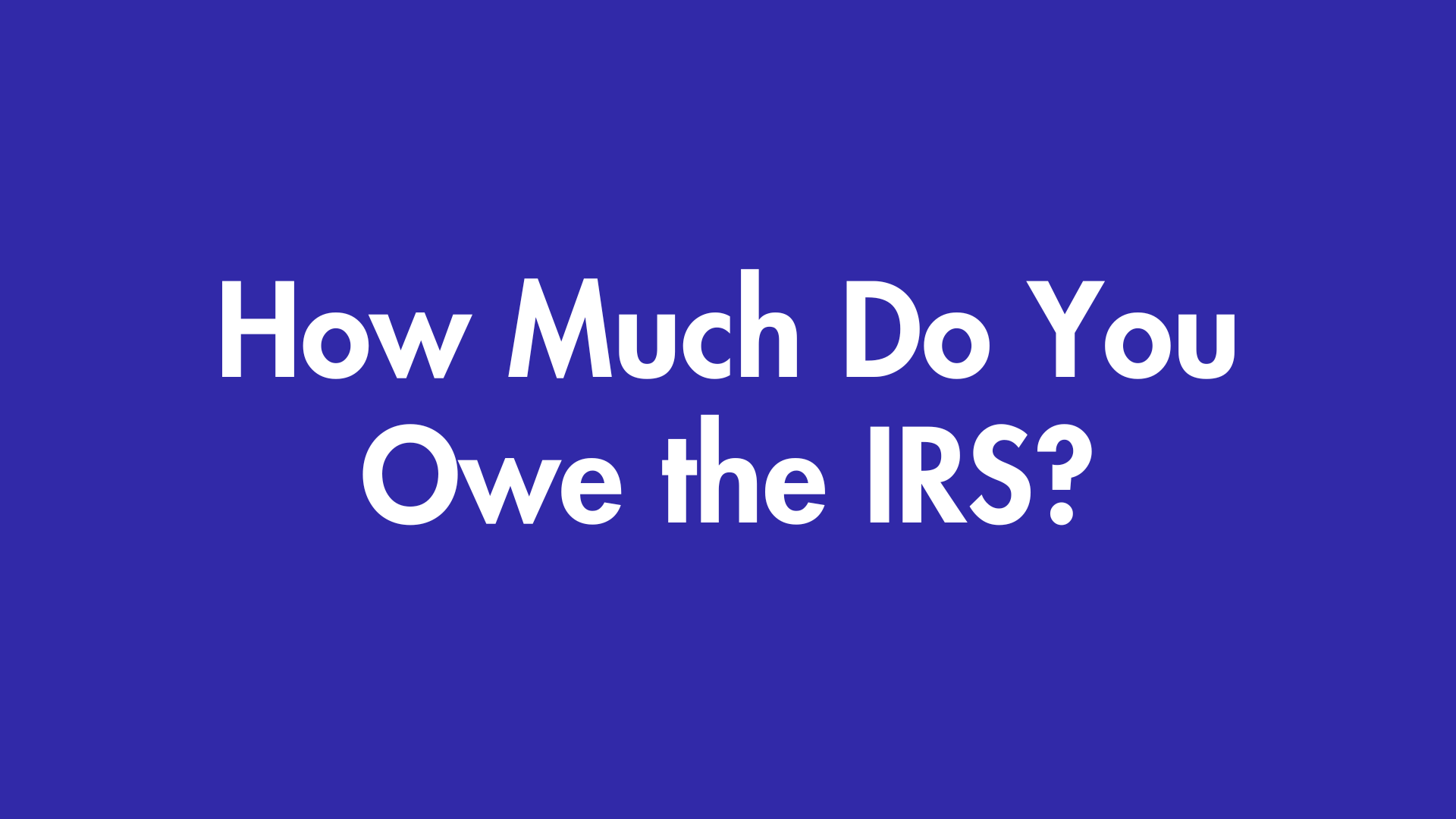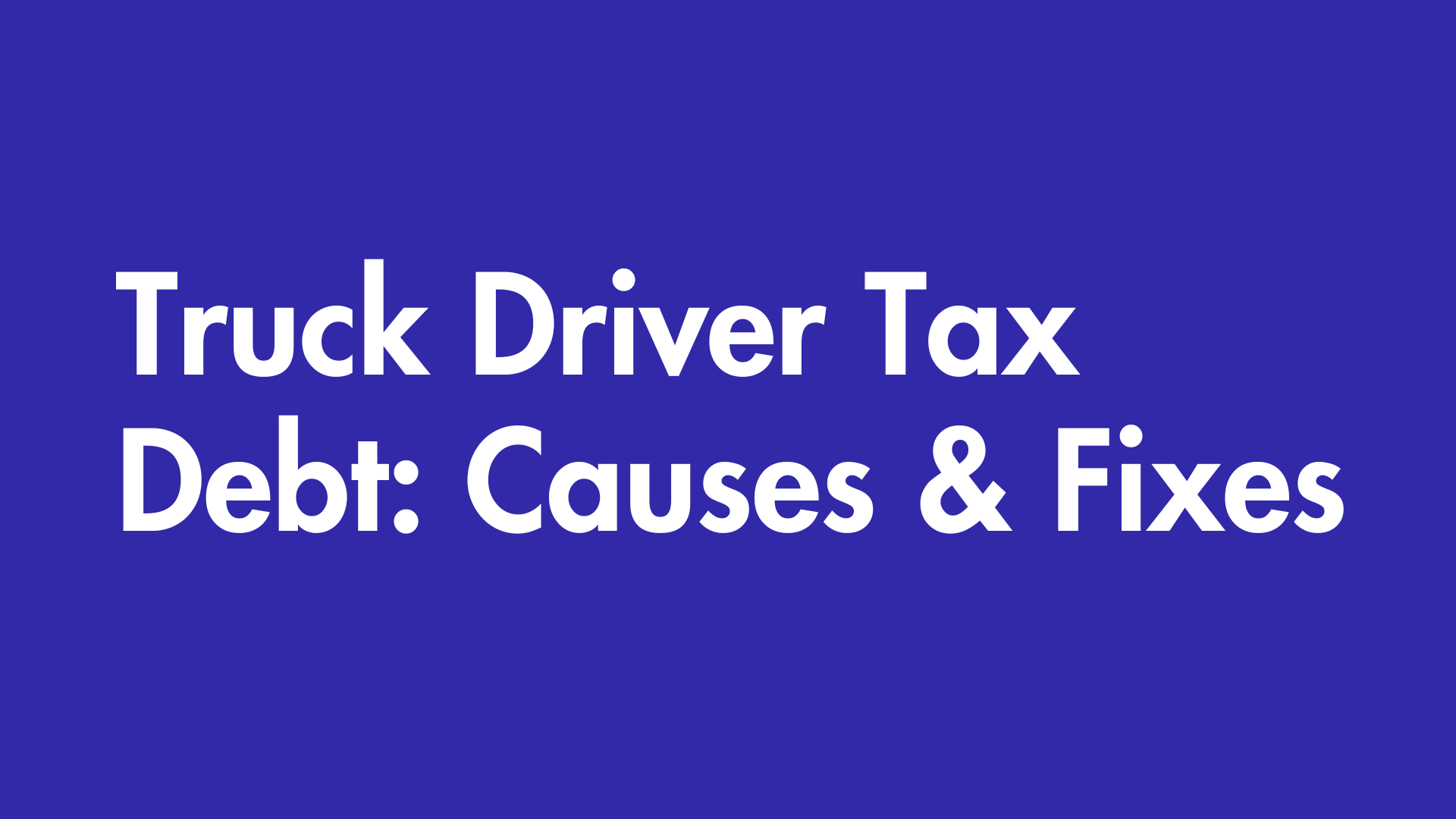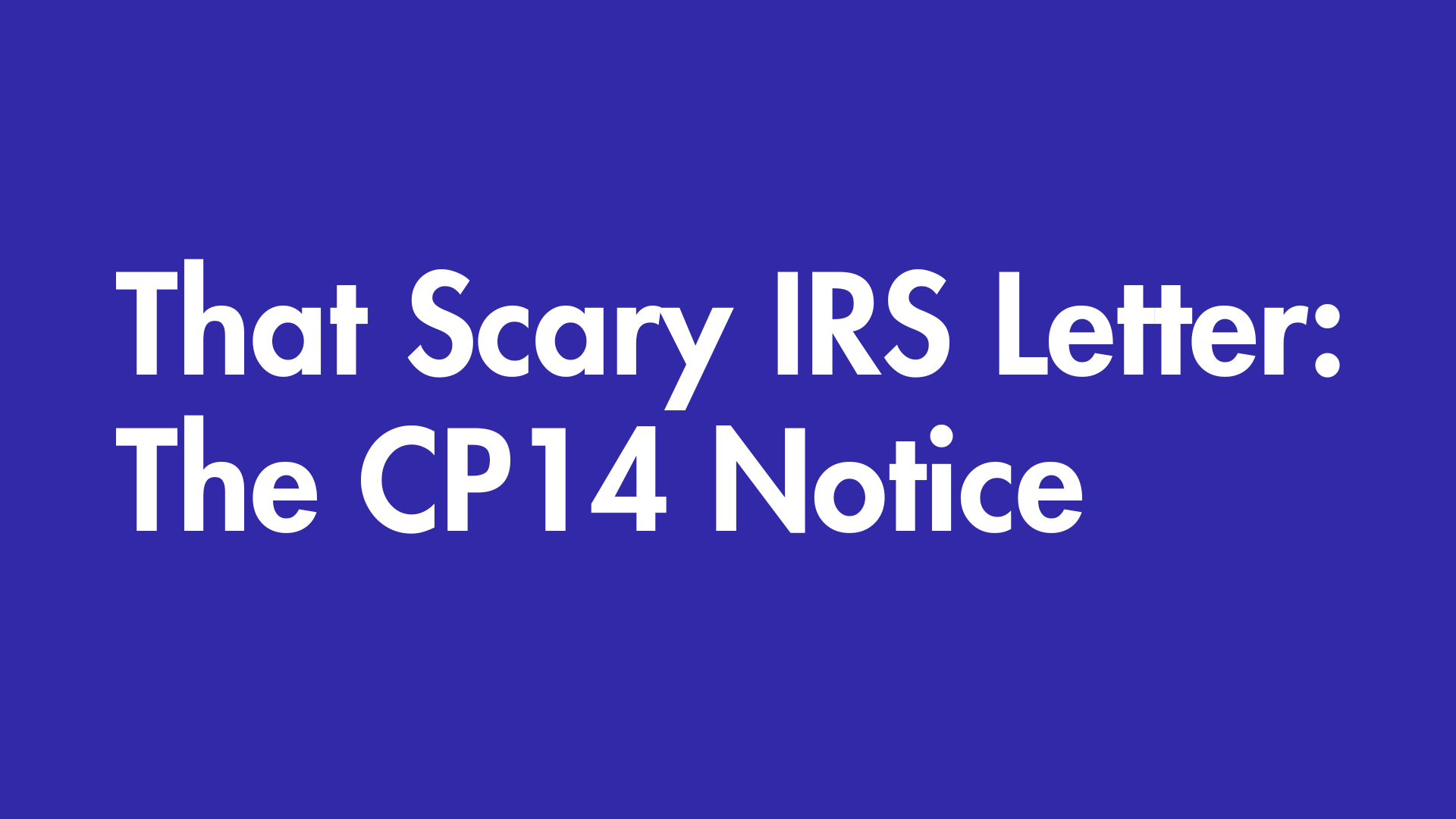By Chad Dickinson
•
December 10, 2025
The passage of the One Big Beautiful Bill Act (OBBBA) has reshaped the tax landscape in a big way. Many tax cuts that were set to expire at the end of 2025 are now permanent, and several new planning opportunities have opened up. With the year quickly coming to a close, now is the ideal time to review your tax situation and see what steps you can take to reduce your 2025 tax bill. Before making any moves, work with your professional advisors to estimate what you’ll owe this year and identify which strategies best fit your situation. The earlier you begin, the more flexibility you’ll have to put these plans in motion before December 31. 1. Establish Your Tax Baseline Start by having your tax advisor prepare a pro forma 2025 tax return. This gives you a clear picture of where you stand—your projected income, deductions, and how different decisions may affect your final tax bill. If you're working with a financial team, request a year-to-date tax summary of your investment accounts. With this snapshot, you’ll have a solid foundation for determining which strategies are worth implementing before year-end. 2. Evaluate These Tax-Smart Strategies Harvest Tax Losses Markets have generally performed well this year, so you may be sitting on more taxable gains than expected. Tax-loss harvesting can help offset these gains by selling investments at a loss before year-end. If you want to repurchase the same investment, be sure to avoid the wash sale rule , which disallows a loss if you buy a substantially identical security within 30 days before or after the sale. One workaround is to double up —buy more now, wait 30+ days, then sell the original losing position. Important date: November 28, 2025 (the day after Thanksgiving) is the final day to sell at a loss and have it count for the 2025 tax year. Loss harvesting isn’t just a year-end task. Even in strong markets, individual positions may decline, creating opportunities throughout the year. Maximize Charitable Contribution Deductions If you plan to make charitable gifts, timing matters. Transfers of stock or other assets can take time to complete, so check with your financial institutions to ensure the donation is finalized before December 31. Because OBBBA imposes new charitable deduction limitations starting in 2026 , it may be advantageous to front-load charitable giving in 2025 . Beginning in 2026: Itemized charitable deductions are reduced by 0.5% of AGI Total itemized deductions for taxpayers in the 37% bracket are capped at 35% of AGI For high-income taxpayers, that may make a 2025 donation more valuable than the same gift in 2026. If you’re undecided about which charity to support, consider a donor-advised fund (DAF) . You receive the deduction immediately, but you can distribute the funds to charities later. Optimize Estimated Tax Payments Many high-income taxpayers must make quarterly estimated tax payments to avoid underpayment penalties. You can meet the requirements using the “lesser of” safe harbor : 110% of your prior year’s tax liability, or 90% of your current year’s projected tax liability If you expect your 2025 taxes to be significantly higher than in 2024, it may be strategic to base your estimates on 2024’s lower liability and invest the difference in short-term, principal-protected fixed-income investments. This lets you earn some return on money you’ll eventually pay in taxes. 3. Optimize Retirement, Compensation, and Benefits Max Out Retirement Contributions For 2025, the contribution limits are: IRAs: $7,000 (or $8,000 if age 50+) 401(k)/403(b): $23,500 $31,000 for those age 50+ $34,750 for those turning age 60–63 in 2025 If you’re eligible, consider whether a Roth conversion makes sense—especially if you expect higher income tax rates in the future and can pay the conversion tax using funds outside the IRA. Take Required Minimum Distributions (RMDs) Anyone age 73 or older generally must take RMDs by December 31 each year. If charity is part of your plan, a qualified charitable distribution (QCD) from your IRA can satisfy part or all of your RMD. This strategy, however, may not always be the most tax-efficient depending on your broader financial picture. For inherited IRAs where the owner died after 2019, new regulations beginning in 2025 require many beneficiaries to take annual distributions over a 10-year period , with the remaining balance distributed in year 10. The rules are complex, so work closely with your tax advisor. Consider Deferring Compensation If your employer offers a deferred compensation plan, election deadlines typically fall before December 31, 2025 for 2026 income deferrals. Deferring compensation delays income taxation until you receive the funds, potentially allowing you to take advantage of future lower tax rates. However, deferred compensation is subject to employer credit risk, so weigh the pros and cons carefully. Review Stock Options Executives with stock options may want to consider exercising some in 2025. Strong candidates for exercise include options that are: Deep in the money On high-dividend stocks Close to expiration Your advisory team can prepare an options breakeven analysis to help you decide. 4. Make Tax-Efficient Gifts to Family Use Lifetime Exclusion While It Lasts The current gift and estate tax exclusion is: $13.99 million per individual $27.98 million per married couple These increase to $15 million ($30 million for couples) in 2026 under OBBBA. If you anticipate a taxable estate and have unused exemption, making large gifts now may help lock in additional tax-free transfer capacity. Take Advantage of the Annual Gift Exclusion For 2025, you may give: $19,000 per recipient (individual) $38,000 per recipient (married couple electing to split gifts) This exclusion is use-it-or-lose-it —unused amounts cannot be carried over to future years. Many families use this strategy to fund 529 education plans , where earnings grow tax-free when used for qualified education expenses. 5. Work With Tax Professionals to Finalize Your Plan Year-end tax planning is full of opportunities—but also details, deadlines, and complex rules. Arch Tax can help determine which actions make the most sense for your personal and financial goals. Starting now gives you time to implement strategies that may strengthen your financial position and reduce your overall tax liability. Schedule your free consultation today








